James Kirchgassner and his Sea Scouts group, SSS Northland, will be maintaining an exhibit at the the 2019 Pacific Sail and Power Boat Show this Thursday though Sunday down by the in-water displays. He shared his story with SF on the Bay.
SFOTB: Hi James, thank you for talking to us about your experiences in the Sea Scouts. Let’s start with the easy question. How old are you?
James: I’m 18.
SFOTB: And when did you start in sea scouts?
James: In the Summer of 2016. I turned 16 during that year’s summer cruise.
SFOTB: Nice! Do you remember why you joined?
James: I think the main reason was my Mom had found it because she had a friend of a friend who was part of the Coyote Point Yacht Club in San Mateo so we got to go out on a sailboat a couple of times and that reminded her that my cousin had liked the Sea Scouts so she looked for a group in Richmond. So what we were looking for was a sailing camp or something like that and that’s what she expected Sea Scouts to be, but when we got there, instead of a sailboat there was this giant 102 foot diesel ship. So there was this big cool ship and right away there was a cruise down the coast to Santa Cruz, Long Beach and Catalina island and it sounded good to me!
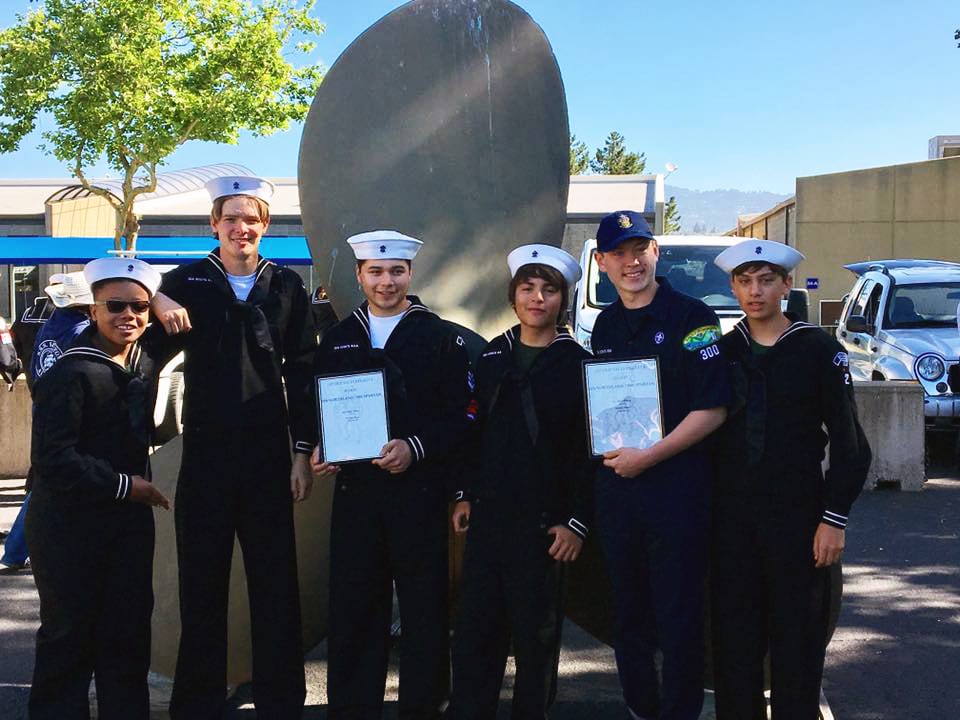
![IMG_2741[1]](https://www.sfonthebay.com/wp-content/uploads/IMG_27411-2.jpg)
SFOTB: Wow! How exciting! And how was it?
James: It was a lot of fun. And we learned a lot. We towed another ship so it turned out to be a 42 hour trip. And in Catalina our macerator pump broke – that’s the thing that takes everything that goes into the head and chews it up so it can go through the pipes. So we got some real ship-life experience.
SFOTB: So you learned how to fix the pump?
James: Yes, we learned a lot about the ship and how it works.
SFOTB: But it was enjoyable? It was an adventure?
James: Definitely. It was an adventure. And I have bragging rights to be able to say we were underway on the ocean for 42 hours straight due to towing the other ship.
SFOTB: Sweet! What have you learned about safety out on the water or sailing on the SF Bay?
James: Well coming into it I didn’t really know anything. We’ve done safety training like man overboard drills, and there’s an event that all the ships in the area go to every year that’s called Safety at Sea which is hosted by the Coast Guard on Yerba Buena Island. So, as it should be, safety is the number one concern. That’s what they taught us first of all before anything else.
SFOTB: Did they teach you about the San Francisco Bay? I heard it’s one of the most challenging places for boating in the world.
James: I guess so – I guess all of it is in the context of the Bay because we’ve only gone out the Golden Gate once in the cruise – that first summer cruise – since I joined. So yeah, we’ve been around the open bay and learned about all the shipping channels and navigational aids, and we’ve gone up the Napa River and into the Delta and experienced those smaller waterways that make navigation challenging.
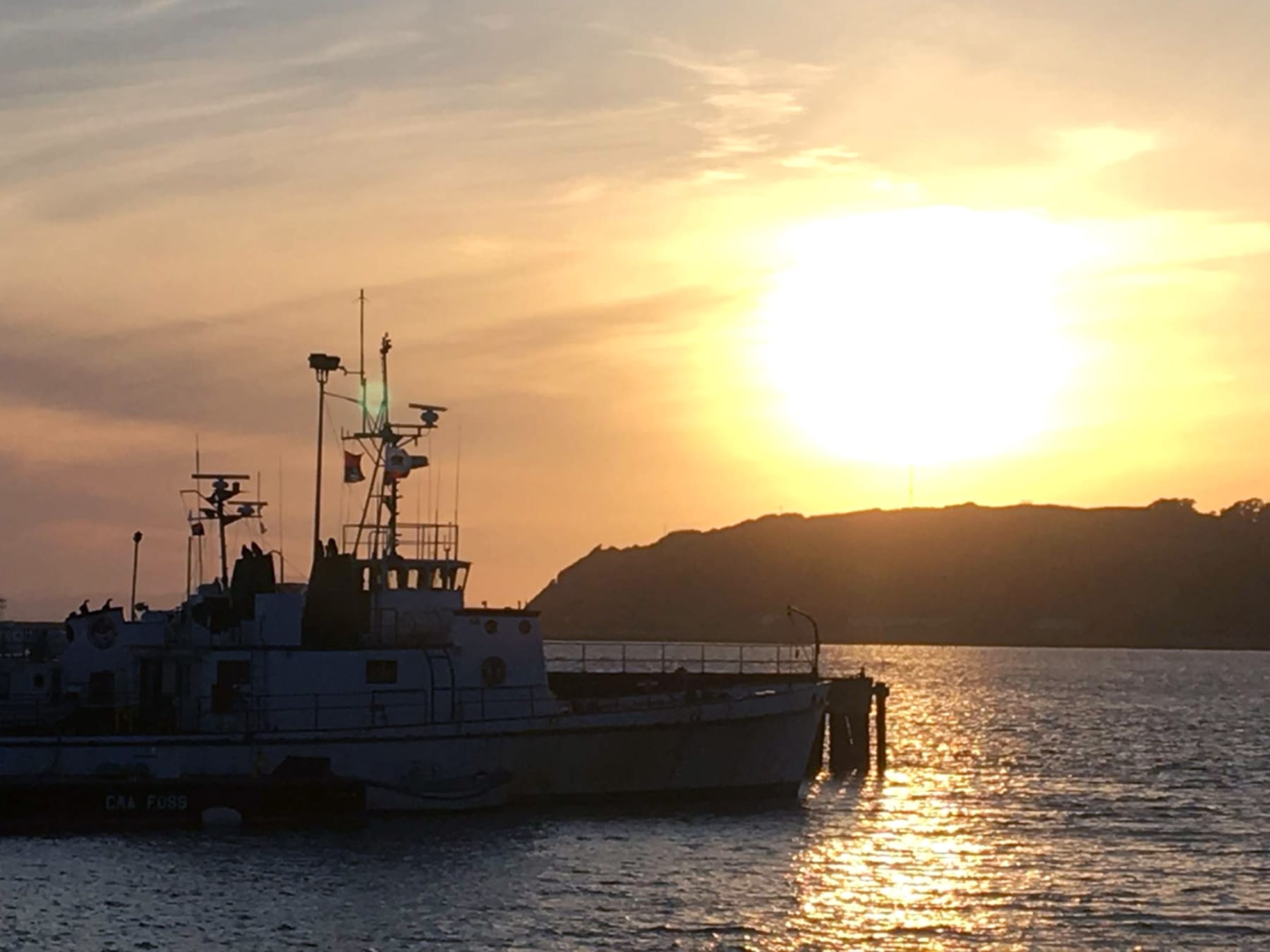
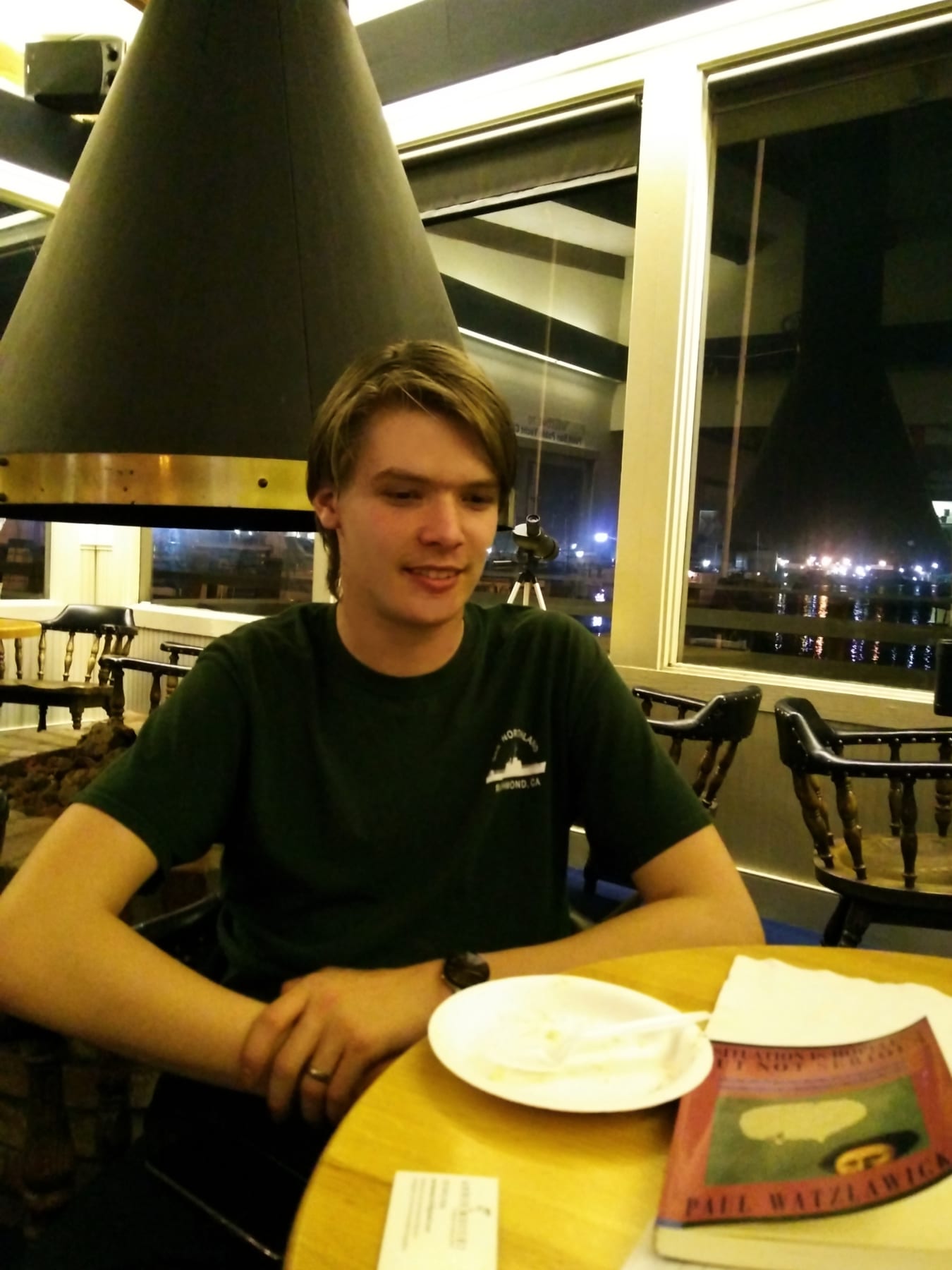
SFOTB: Sounds like important things to know. James, what do you like most about sea scouts?
James: Probably the sense of ownership that I mentioned before, the closeness of the crew and the variety of skills that we learn.
SFOTB: What are you up to now?
James: I’m going to California Maritime Academy.
SFOTB: Fantastic! Do you think the Scouts had anything to do with your career choice?
James: Well, Sea Scouts is the way I found out about Cal Maritime in the first place. I went with Mechanical Engineering but in Scouts I’m the navigation crew leader. I’m already mechanically minded, but I think what encouraged me to get into engineering was learning from my skipper, who has an extensive engineering background.
SFOTB: Do you think you’ll keep boating or sailing when you get older?
James: If I have the money, yeah! At the very least I’ll stick around with Northland as an adult leader.
SFOTB: What would you like to say to youth 13-18 – who might be thinking about joining the Sea Scouts?
James: I think it helps you do a lot of maturing that you might not otherwise do. I was a Boy Scout first and went on a lot of camping trips. We learned a lot – how to live out in nature, and how to identify different kinds of trees and stuff. With Sea Scouts there’s an additional aspect in that you have an entire boat to run and take care of and if you don’t do that right and the boat doesn’t work your trip can come to a grinding halt. It feels like there’s more at stake.
SFOTB: So, it teaches you consequences?
James: Yeah, you kind of get this sense of “this is my ship, I put work into this.”
SFOTB: It’s ownership of the ship?
James: Yes. owner ship. Haha!
SFOTB: So what you’re saying to youth is?
James: That you learn a lot of practical skills and there’s a big sense of pride over what you’ve learned.
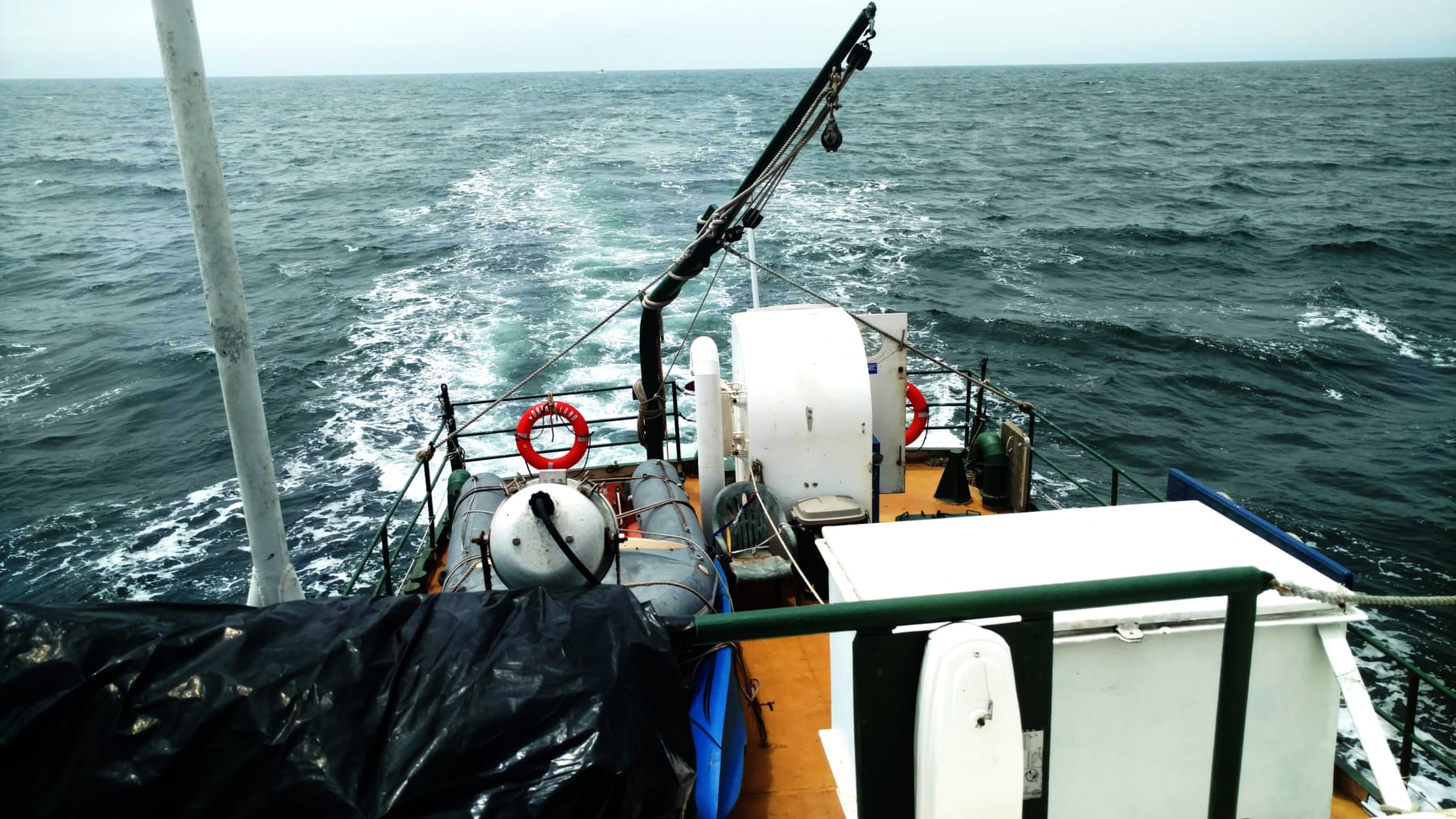
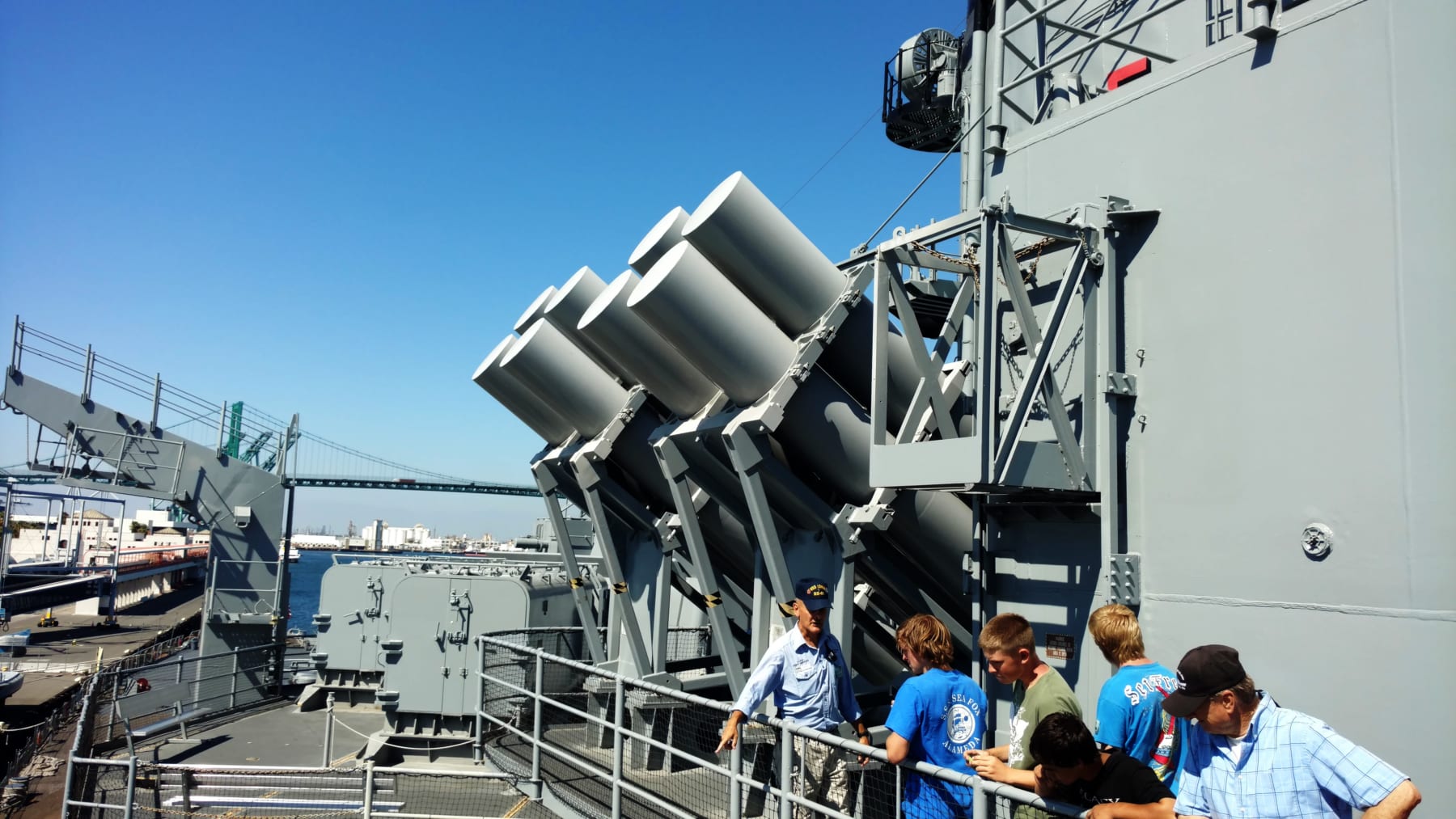
SFOTB: Anything else you want to share? How does your scout group tie into the community?
James: I think Richmond in particular because of the Kaiser ship yards has a big maritime history, which Northland is fairly involved with given our base is in one of those shipyards, and we do small events on the Red Oak Victory museum ship which is right next door, for example the pizza dinner and ship tour we have aboard the Red Oak to finish off the practice regatta we host every year.
SFOTB: The Red Oak is right next to the boat show too.
James: Yes, we’re looking forward to that! And we also do volunteering for fundraising at the Richmond Yacht Club.
SFOTB: That’s the big spaghetti dinner right?
James: That’s our event. We do that annually, but most of the time we’re there helping with their events.
SFOTB: What about school when you were growing up? how did the Sea Scouts affect that – did it get you interested in certain subjects?
James: Mmm, I don’t know…. [silence]
SFOTB: Did it make school more boring compared to sea scouts?
James: Yeah… it did!
SFOTB: Haha! Is there anything else you’d like to add?
James: So if I recall this correctly, in a small speech that was given to us by Coast Guard Sector San Francisco’s commander at the time, who is an Eagle Scout, he said that the resume he sent in to apply for his starting position came back with “Eagle Scout” circled. So, you know, the cool kids in school might point fingers and laugh and say it’s lame, but if you put it on a resume it’s not so lame anymore. I’m pretty sure that’s the main reason I got into Cal Maritime. If you put Sea Scout Quartermaster on that’s even better, but I just put Sea Scouts and even that got me somewhere.
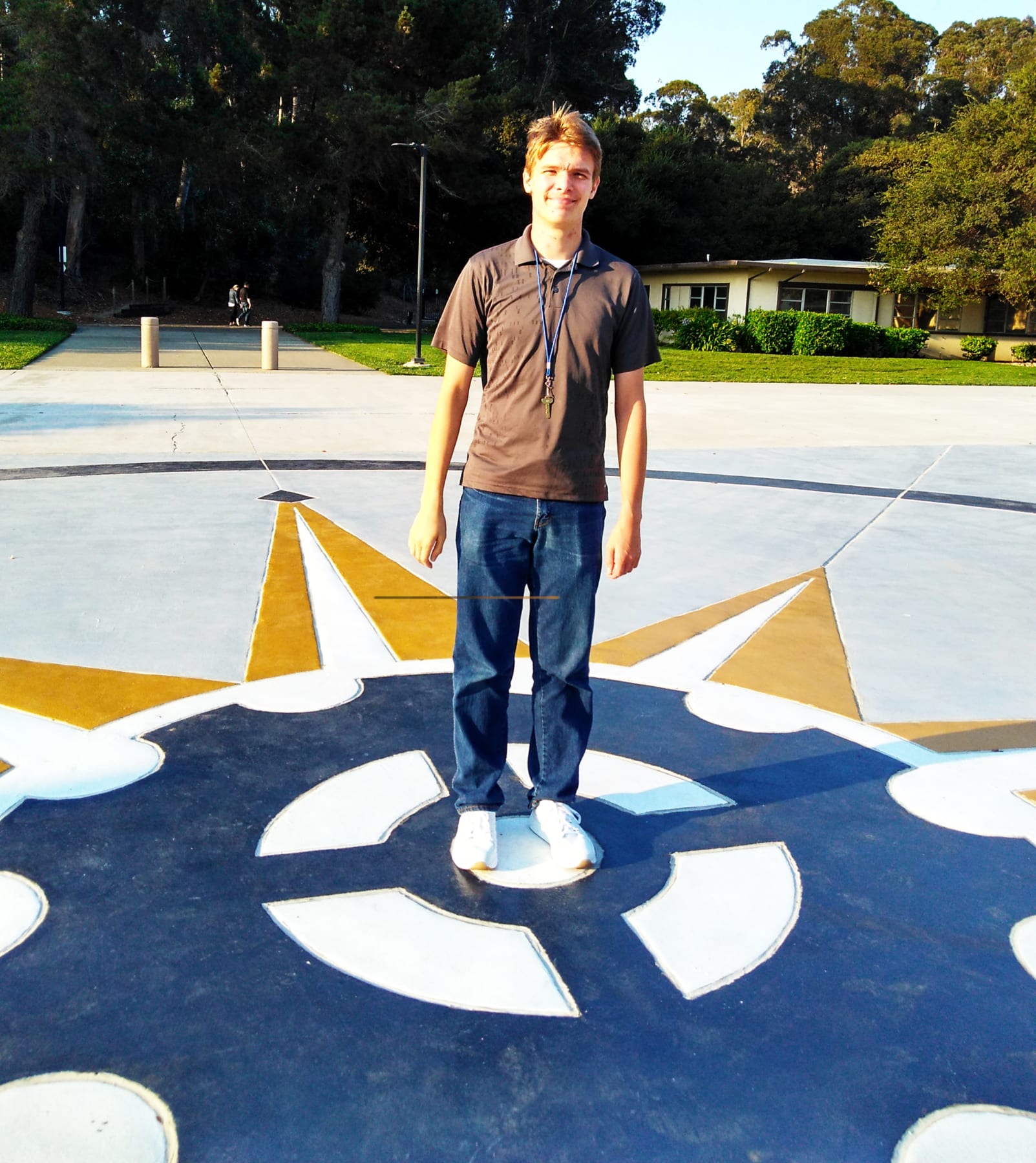
James at Cal Maritime Academy
SFOTB: So you’re still in Sea Scouts but you’re 18. How does that work?
James: Right now I’m considered to be a Junior Officer. I’m not quite an Officer and I’m not quite a Scout.
SFOTB: So people go from being a scout and become officers of the Sea Scouts if they want to stay with it?
James: Yes, and nothing has really changed at all – it has more to do with competing in regattas and stuff like that.
SFOTB: James, it’s been great talking you, thank you for sharing your insightful experience with us. And we’ll see you at the boat show this weekend!
You can find more info about the Sea Scouts, including ways to volunteer and donate, at http://www.northlandnautical.org.
Cover photo credit: Annie Mecchi
James’ photos from the summer Catalina cruise:


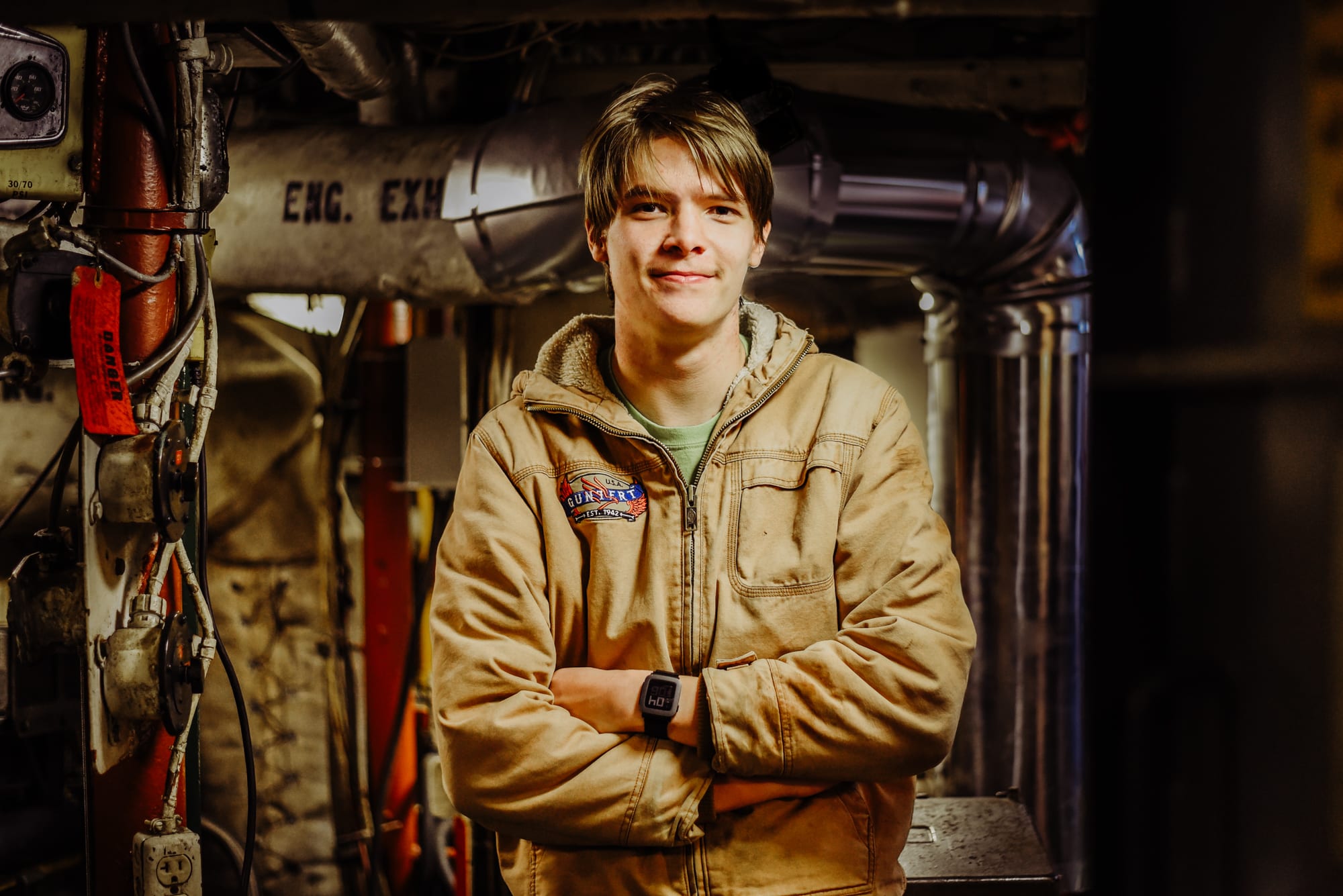
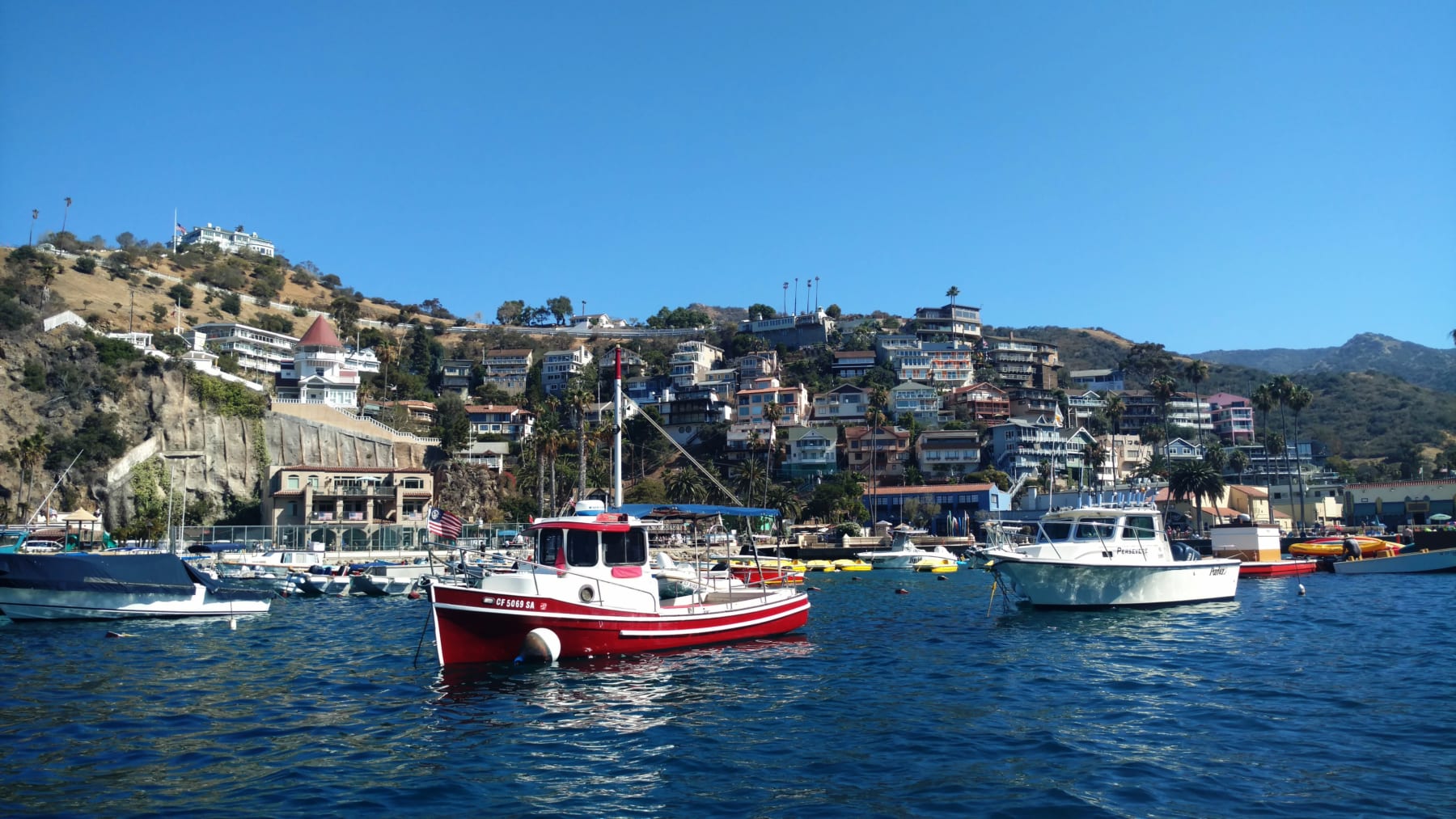
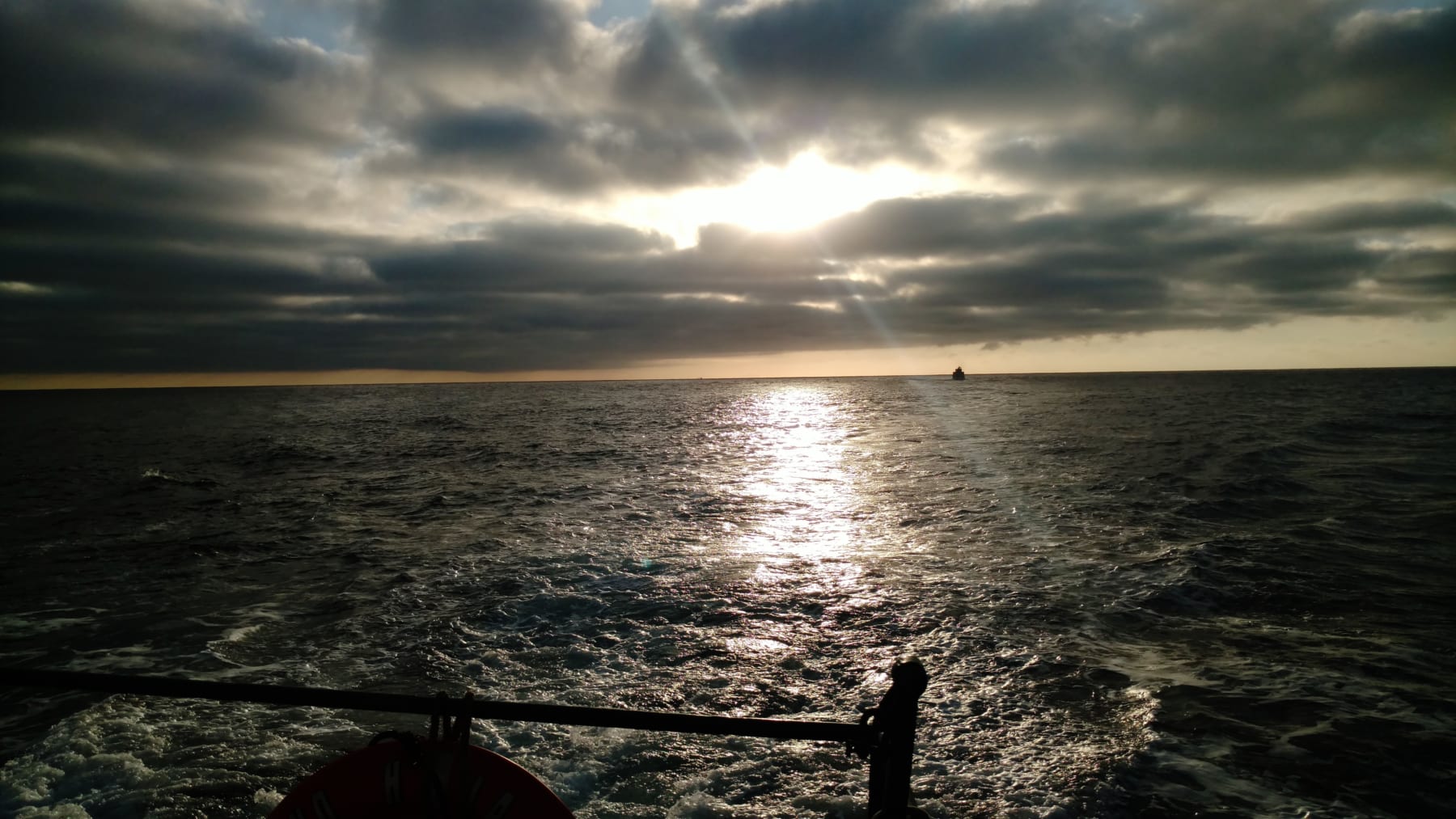
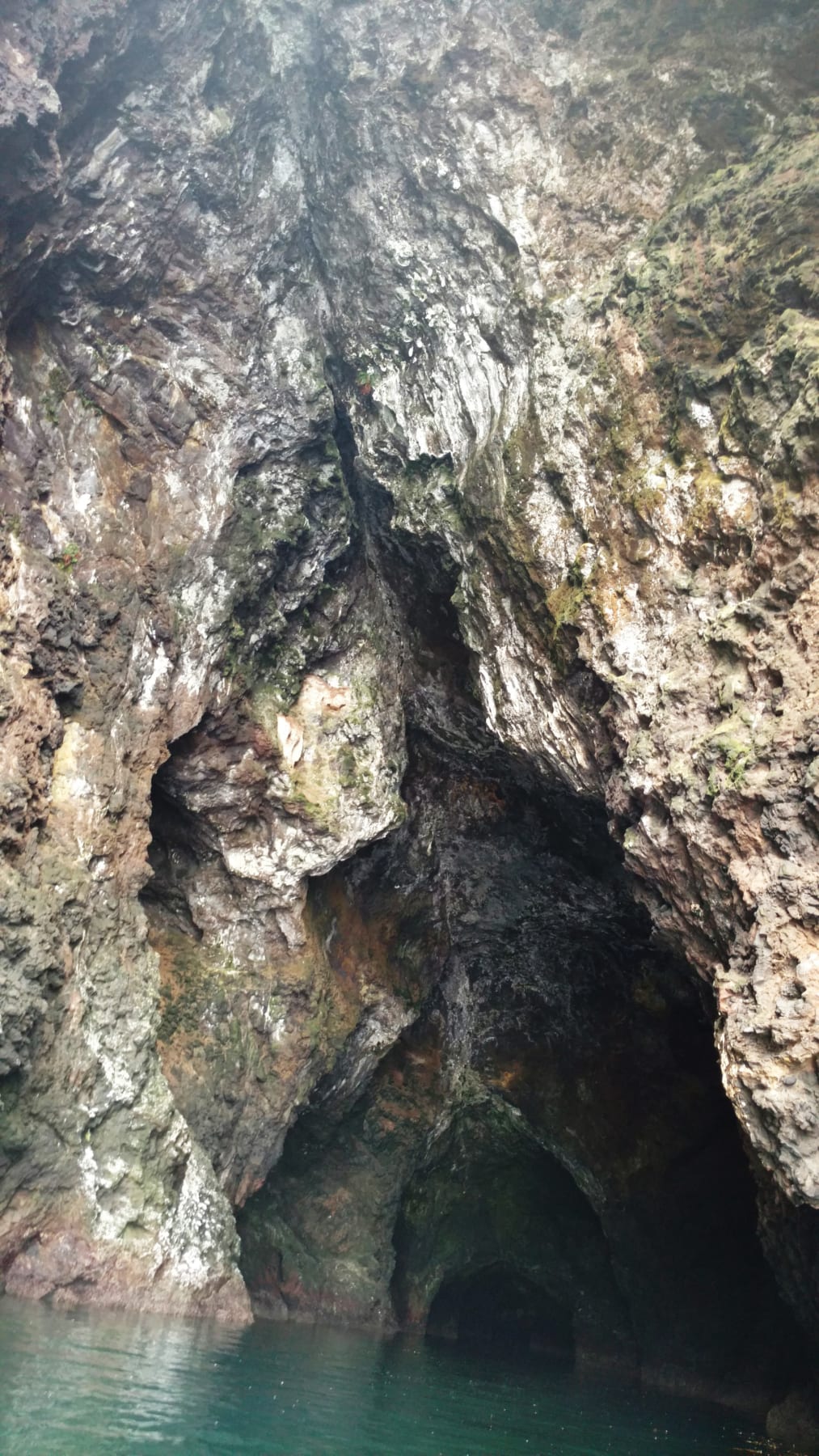

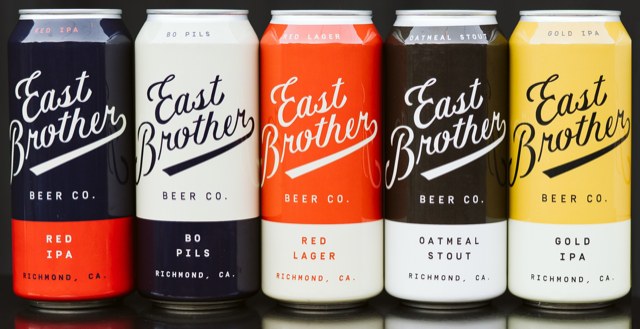
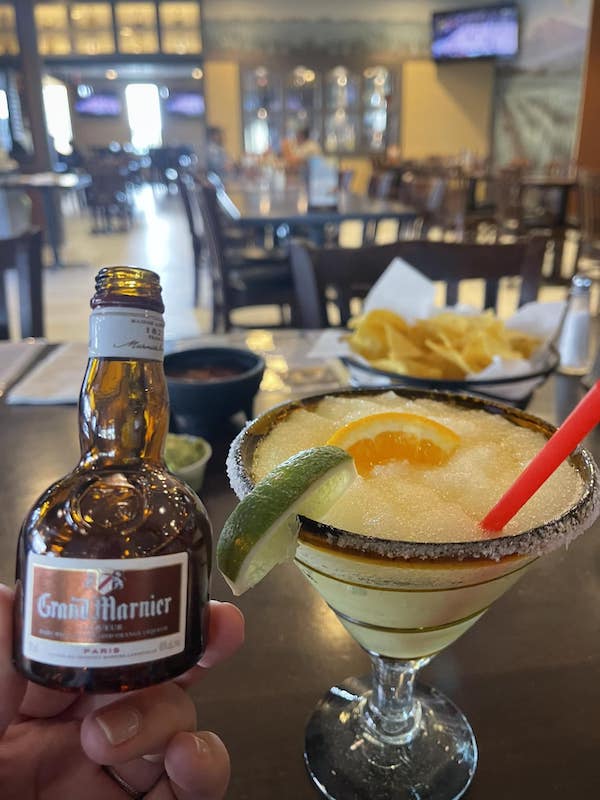
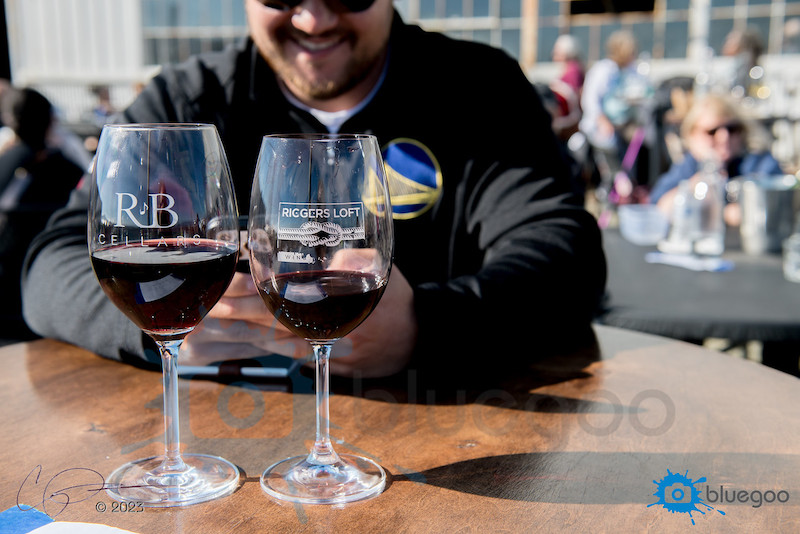
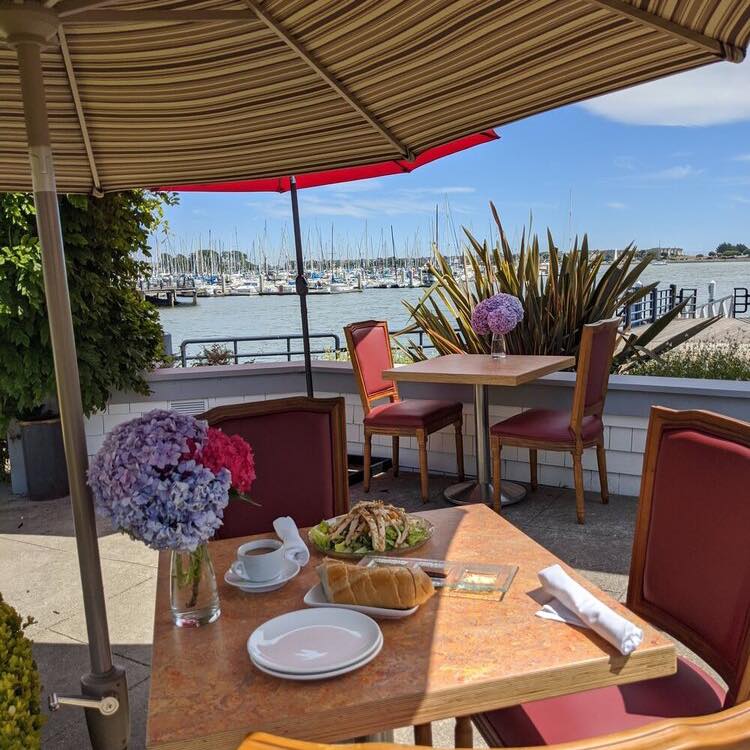
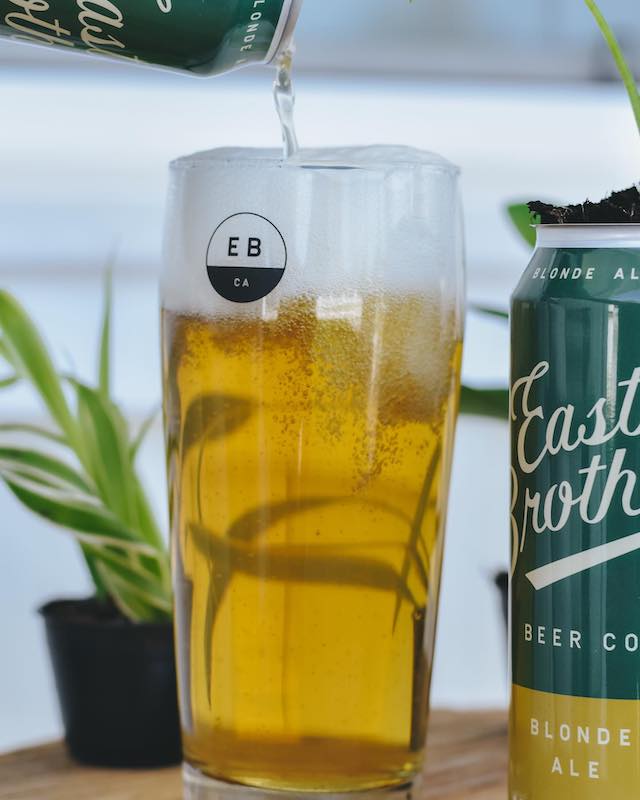
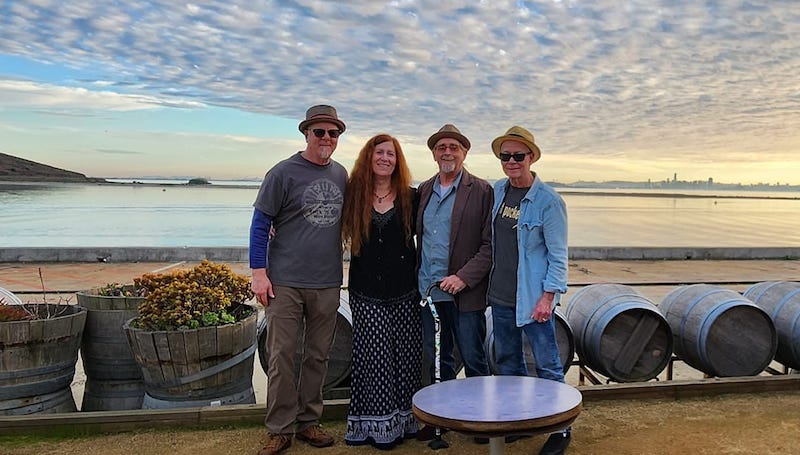


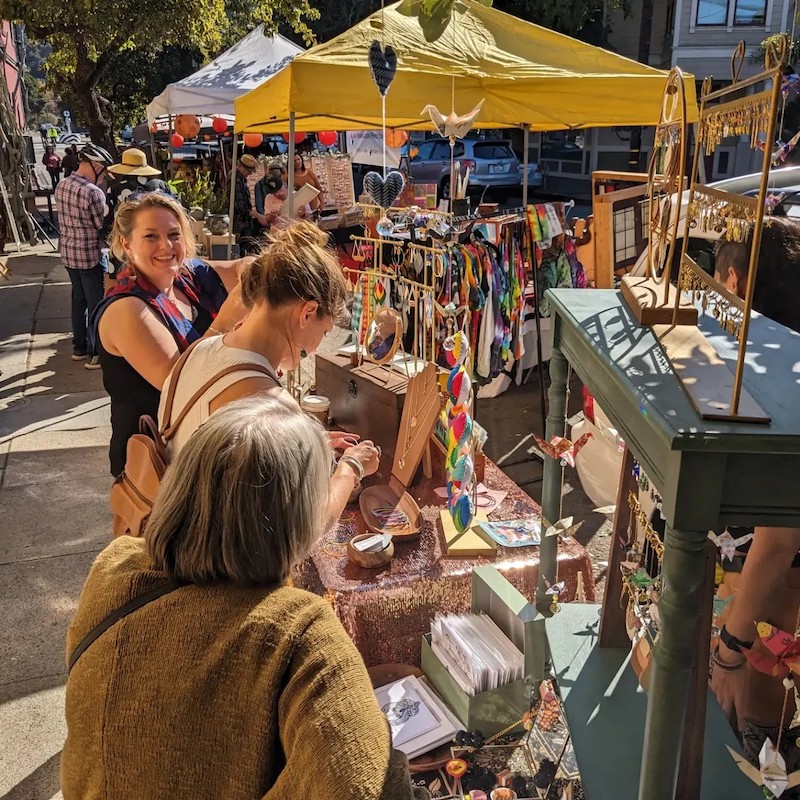


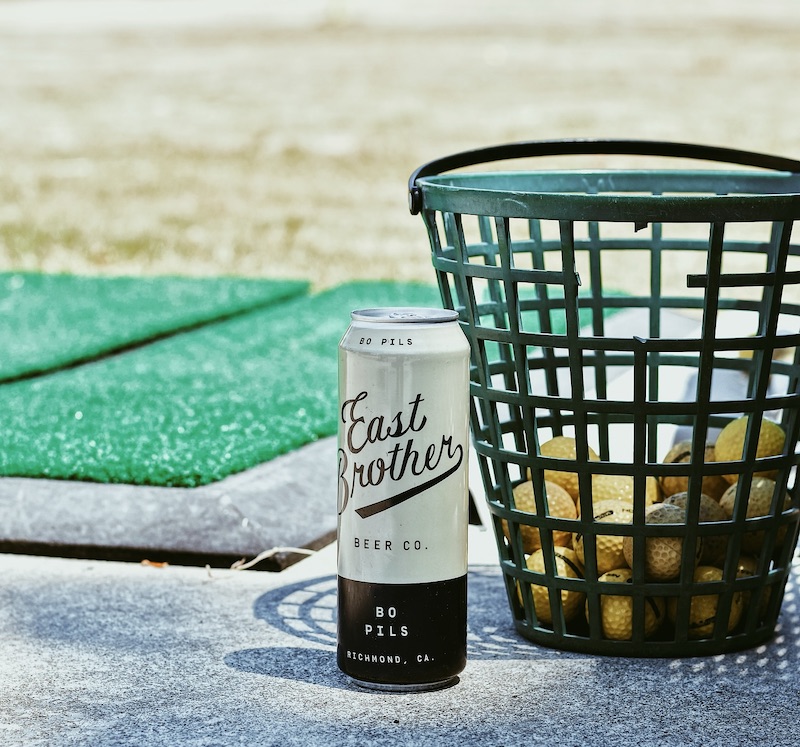

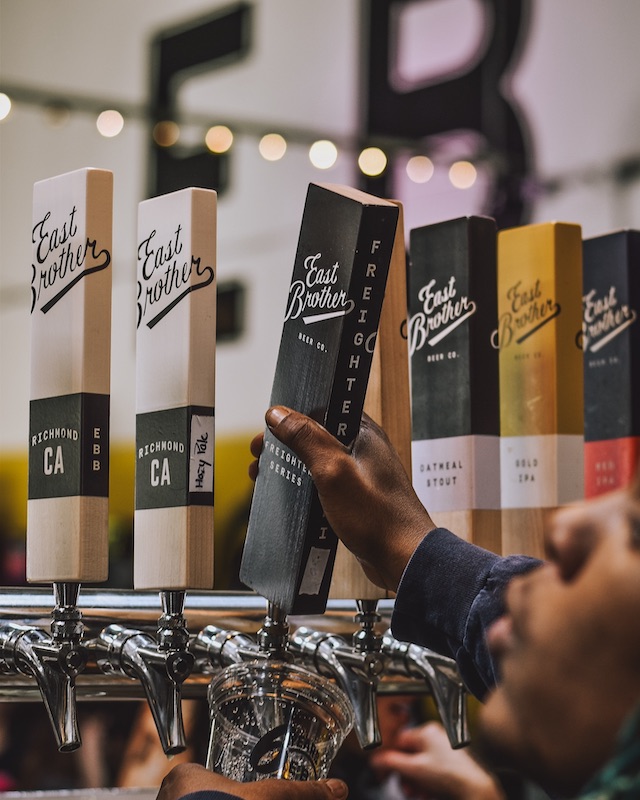

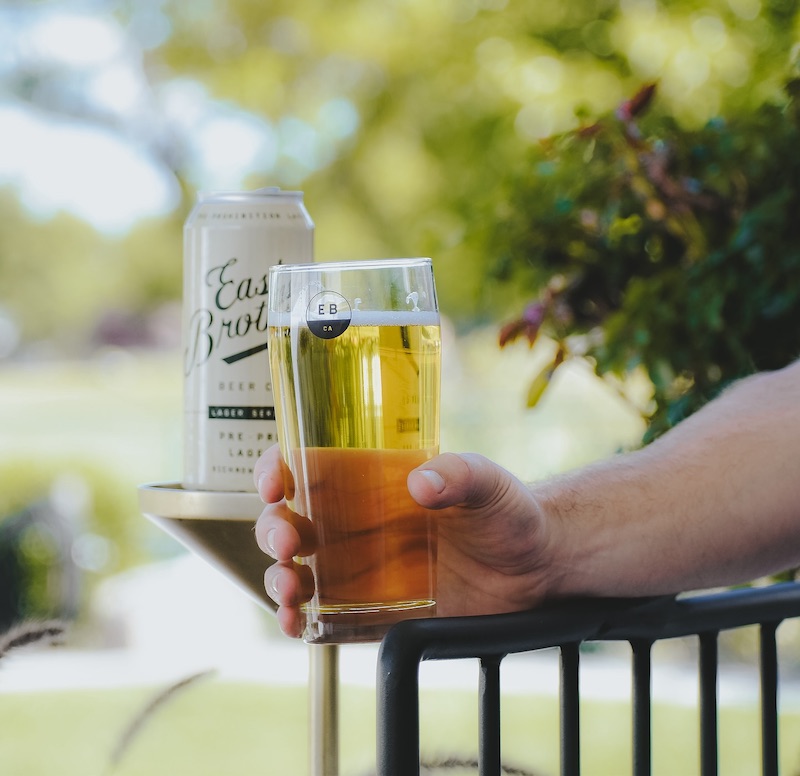
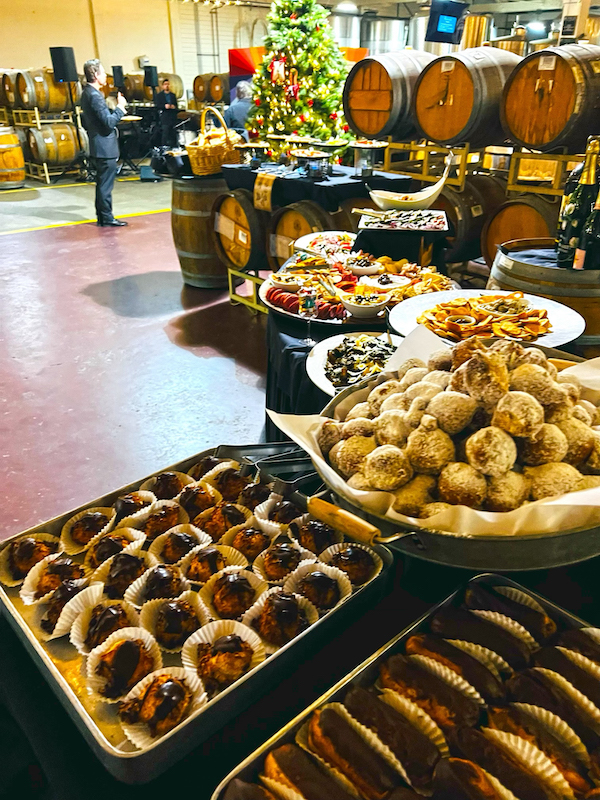



Leave A Comment